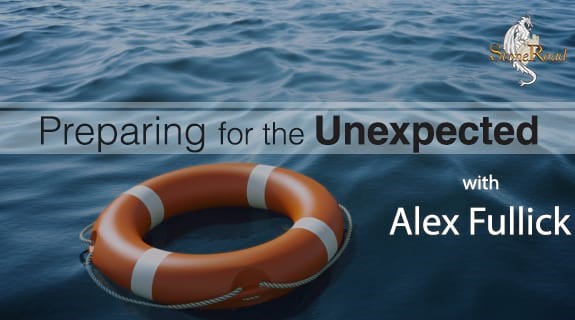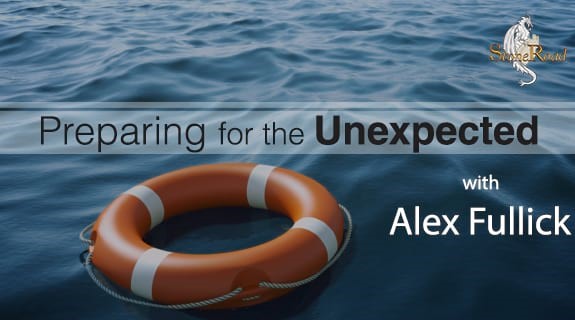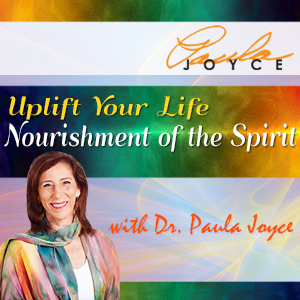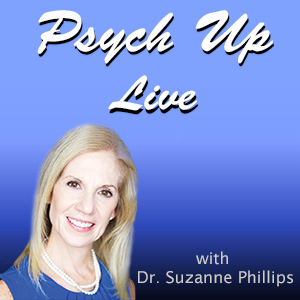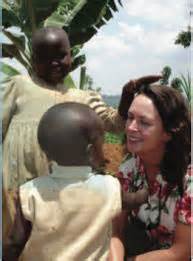The Pain and Promise of Anniversary Events
On July 4th 2023, the people of Highland Park, Illinois will be celebrating Independence Day. They...
Read Moreby Dr. Suzanne Phillips | Jun 29, 2023 | Variety, VoiceAmerica | 0 |
On July 4th 2023, the people of Highland Park, Illinois will be celebrating Independence Day. They...
Read Moreby VoiceAmerica | Dec 19, 2022 | Business | 0 |
Join me Thursday, March 30/23 at 1pm on the VoiceAmerica Business Channel! The most personal and...
Read Moreby Alex Fullick | Dec 19, 2022 | Business | 0 |
Join Me Thursday, April 20/23 at 1pm on the VoiceAmerica Business Channel! Many organizations face...
Read Moreby VoiceAmerica | Feb 16, 2021 | Health & Wellness | 0 |
Kristen Harper will be giving a speech for “Get Your Mojo Back: To Reclaim Your Health,...
Read Moreby VoiceAmerica | Jul 21, 2017 | Empowerment | 0 |
Suzanne Scurlock-Durana is the author of Reclaiming Your Body: Healing from Trauma and Awakening...
Read Moreby VoiceAmerica | Dec 20, 2016 | Variety | 0 |
With reference to the New York Times article âRape, Race and the Jogger,â this blog considers...
Read Moreby VoiceAmerica | Sep 14, 2016 | 7th Wave | 0 |
Becky Thompson, PhD, is a scholar, poet, activist and yoga teacher whose work focuses on trauma and healing. She is the author of Survivors on the Yoga Mat and several other books related to social justice and healing. She is...
Read Moreby VoiceAmerica | Feb 26, 2016 | Business | 0 |
Leadership and social change experts Peter Prichard and Sarah Beaulieu joined me on âTurn the...
Read Moreby VoiceAmerica | Feb 16, 2016 | Business | 0 |
Physical Therapist and Craniosacral Therapy (CST) practitioner Tracy Lin joined me on âTurn the...
Read Moreby VoiceAmerica | Jul 8, 2015 | Empowerment, VoiceAmerica | 0 |
Loneliness Expert and Best-Selling Author April J. Ford is the host of “You Are Not...
Read Moreby VoiceAmerica | Jan 26, 2015 | 7th Wave | 0 |
How did the Merlin Arthur Legacy begin? It began with the story of ‘Merlin and the...
Read More


